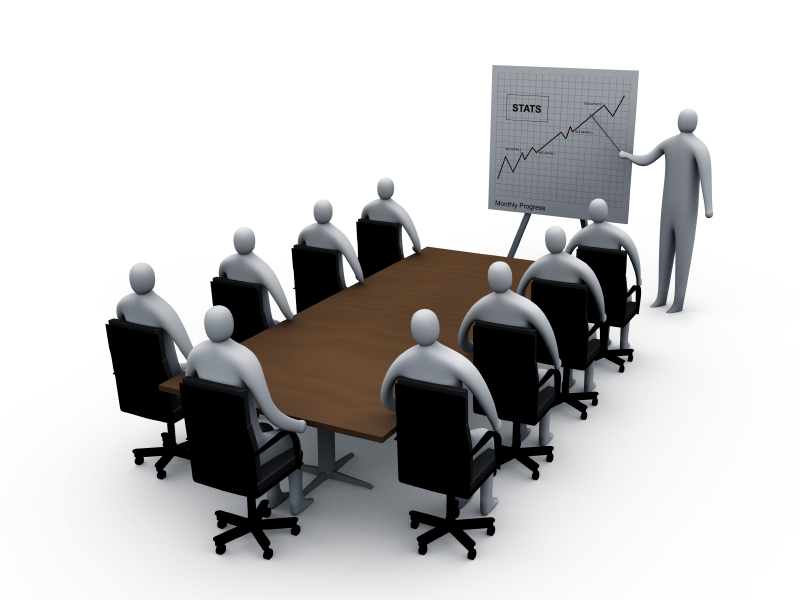The positions of CEO, Chairman, and President may seem synonymous, however, there are usually several (two or three different people) who have different positions in the company and different responsibilities. Sometimes the same person can hold several of these positions, as these are the top management positions in the company.
Hierarchy between CEO/Chairman/President
In the organizational structure, the chairman is taller than the CEO and the CEO is taller than the president. This order represents the relative authority that the Chairman has (in agreement with the board he or she chairs) to hire and fire the CEO, and that the CEO also has power over the president. In addition, on a day-to-day basis, the chairman can make requests to the CEO (almost, but not quite give orders), and the CEO can direct the activities of the president.
On the pay scale, the CEO will be higher than the president, who in most cases will be higher than the chairman. This reflects the fact that most of the executive power and responsibility for running the company is in the hands of the CEO, who in turn delegates much of this power to the president. The managerial powers of the chairman are usually limited to the board and its functions. Even about the board of directors, the CEO often makes a significant contribution, and sometimes an effective veto.
Chairman of the company
A significant figure in the Board of Directors is its chairman, on whose energy, experience, and tact the atmosphere of work and, ultimately, the effectiveness of the Board’s activities depend. After the shareholders elect the composition of the Board of Directors at the general meeting, a chairman is elected from among its members at the first meeting of the Board.
The key problems facing the chairman are: how to manage without administrative power, how to choose priorities in a limited time, how to create a constellation from the stars included in the Board of Directors, how to achieve a balance between the positions of the organizer and participant in the production process, leader and expert?
Company President
The president of the company can be appointed by the board of directors, and the term of his board is set by the members of the board. This may be a capable individual who has the appropriate specialist knowledge, experience, and must have previously held managerial positions. The president takes office at the moment of his election to the post and leads until the removal of all assigned powers from him.
This is a 100% elective position, the decision on the candidacy is made by collective voting. At the same time, the decision is considered adopted if more than half of the members of the board of directors raised their hands during the voting in favor of the proposed candidate.
Company CEO
Sometimes the board of founders, headed by the chairman of the board approves the general director for the operational management of the company.
The CEO is fully responsible for:
- The financial condition of the enterprise/organization entrusted to him.
- Development of the enterprise, increase in sales/revenues, profits.
- Correspondence of the structure of the enterprise with its profile of activity, development program.
- Representing the interests of the enterprise, interaction with commercial organizations, government agencies.
- Compliance with the law.
- Conducting an effective personnel policy, especially among the middle management.
- Development and adjustment of plans for the development of the enterprise.
- Reducing non-production costs.
- Efficient use of enterprise assets.

